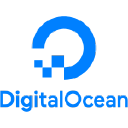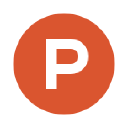I Built A Website Blocker That Generates $100K Per Year @ 95% Profit
Hello! Who are you and what business did you start?
Hello, I’m Philip, a designer, and developer based in Jakarta, Indonesia. I’m working on Session, an app that helps you to stay focused by blocking distracting web, apps, and Slack, and be more reflective of what you’ve worked on.
Session is designed for creative workers that need deep focus (like software engineer, designer, writer, video editor, etc). To my surprise, a lot of students and teachers also enjoyed using it. That’s a nice surprise.
As of last month (May 2021), Session made about $5.8K per month in revenue. The business model is freemium; basic functionalities are free, while real-time sync and additional features could be unlocked with a subscription. The only overheads I have are server costs and email sending costs—both at~$10 per month.

Update: As of 2022, Session now generates

Download the report and join our email newsletter packed with business ideas and money-making opportunities, backed by real-life case studies.

Download the report and join our email newsletter packed with business ideas and money-making opportunities, backed by real-life case studies.

Download the report and join our email newsletter packed with business ideas and money-making opportunities, backed by real-life case studies.

Download the report and join our email newsletter packed with business ideas and money-making opportunities, backed by real-life case studies.

Download the report and join our email newsletter packed with business ideas and money-making opportunities, backed by real-life case studies.

Download the report and join our email newsletter packed with business ideas and money-making opportunities, backed by real-life case studies.

Download the report and join our email newsletter packed with business ideas and money-making opportunities, backed by real-life case studies.

Download the report and join our email newsletter packed with business ideas and money-making opportunities, backed by real-life case studies.


















